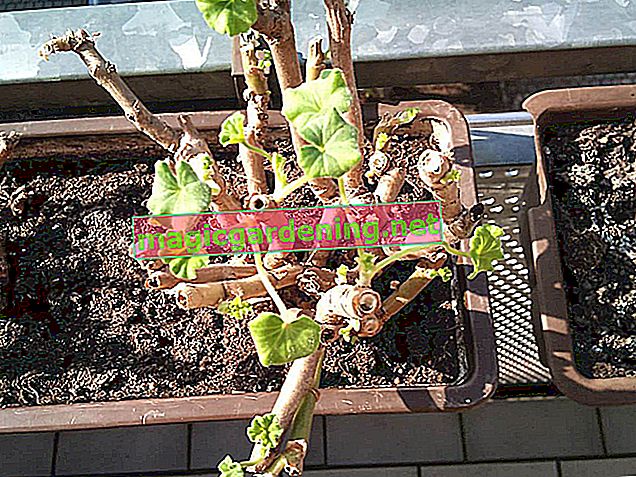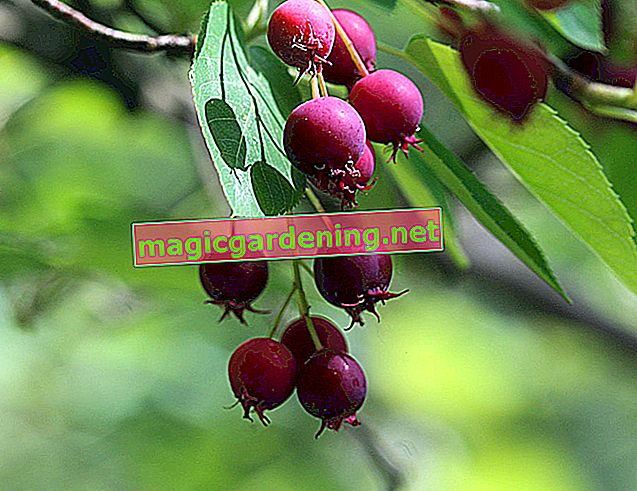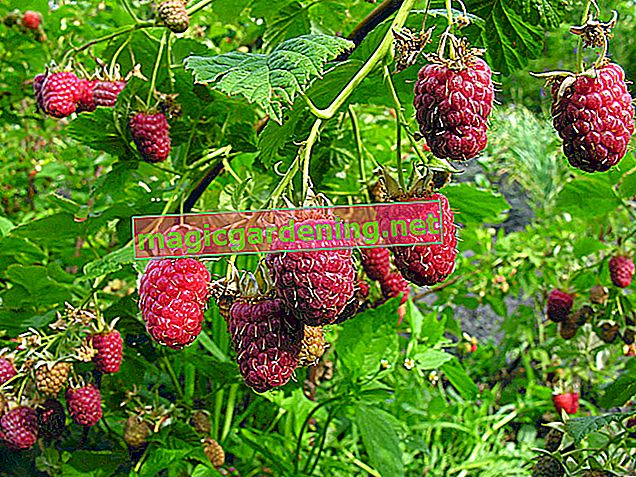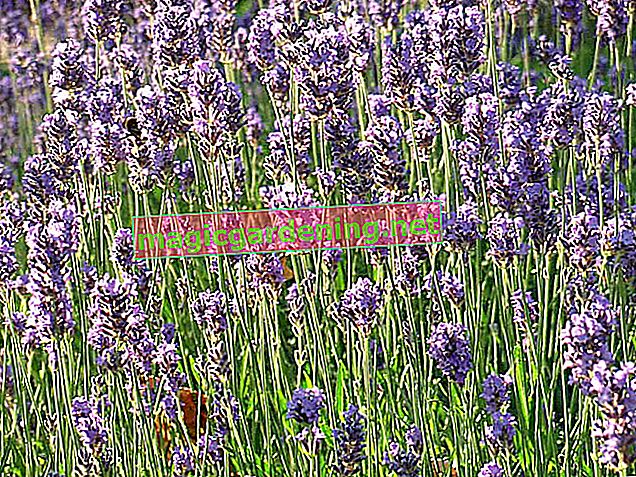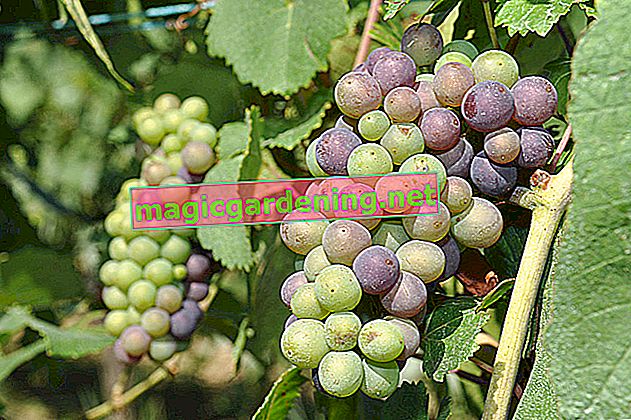
Recognize powdery mildew on grapes
You can recognize powdery mildew by the white spots on the upper side of the leaf (powdery mildew) or the underside of the leaf (downy mildew), which turn brown or gray over time. The grapevines also yellow and warp. The symptoms are therefore quite easy to identify on the leaves, but how can you tell whether the fruits are also infected?
- the shell hardens
- the fruits burst (broken seeds)
- isolated dark spots on the fruits
also read
- Juice grapes
- Dead nettles are not poisonous, they are even edible
- Fight powdery mildew on the hornbeam
Different types of powdery mildew
One does not only differentiate between the real and the downy mildew. There are different types of pest that specialize in one plant. For example, a grape fungus only affects vines and not tomato plants. While powdery mildew can have toxic effects on some leaves, the grape fungus is relatively harmless. Vintners also make their wine from infested grapes.
Allergic reactions possible
Nevertheless, allergic reactions are possible when consumed, which manifest themselves in the following symptoms:
- Stomach discomfort
- Digestive problems
- Difficulty breathing
- skin rash
Negative consequences of powdery mildew on grapes
Powdery mildew is not poisonous, but infestation of a winery has indirect health consequences. Since powdery mildew is also very common in Germany, it would drive many vintners to ruin if they would destroy their harvest if the fungus appeared. Fortunately, the wine made from infected grapes is still edible, even if it loses a lot of its taste. Nevertheless, the proliferation is forcing more and more farmers to use pesticides, which in turn can cause physical complaints in consumers.


